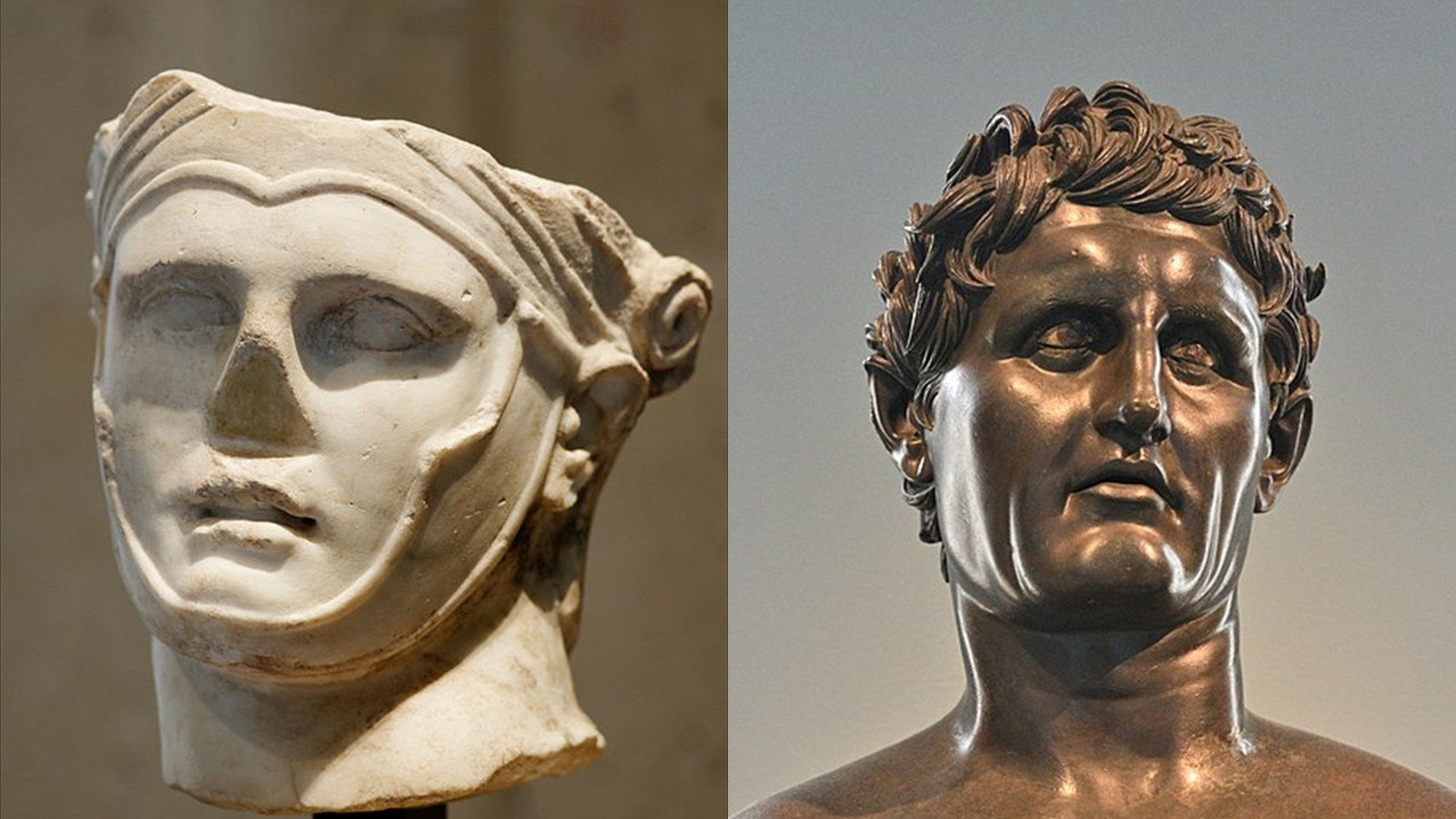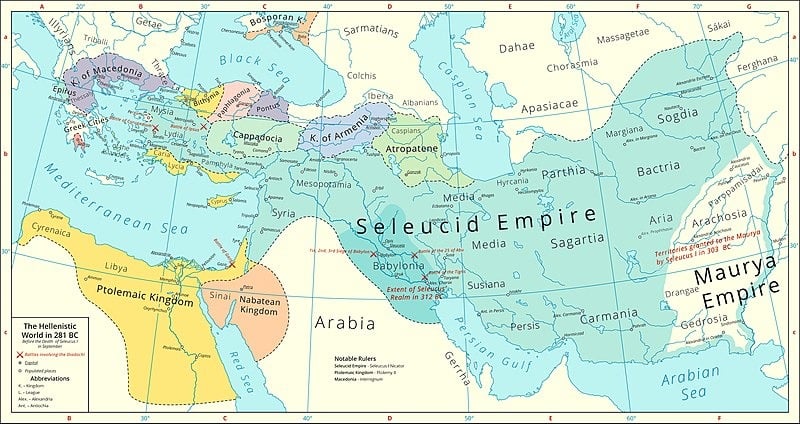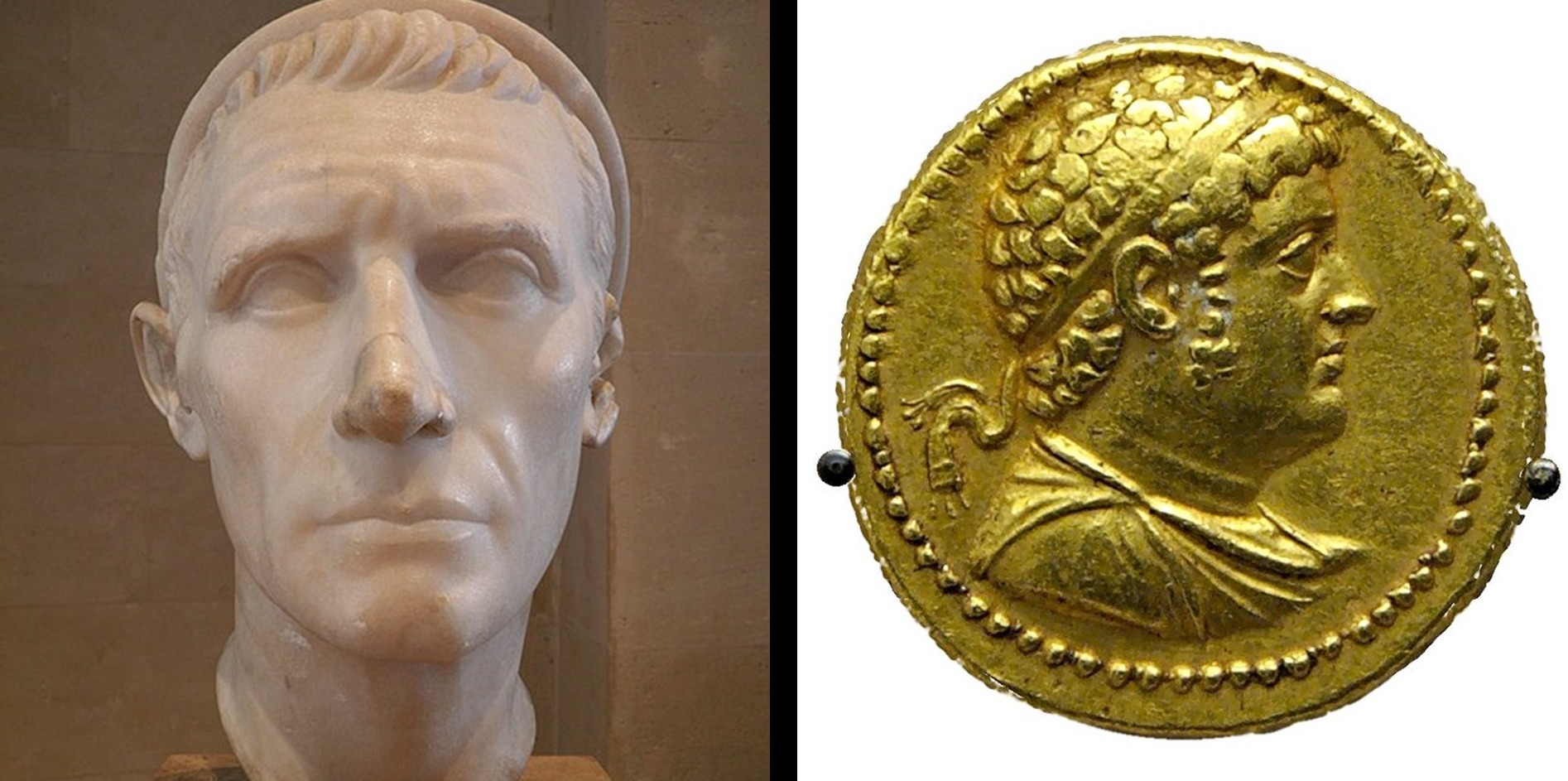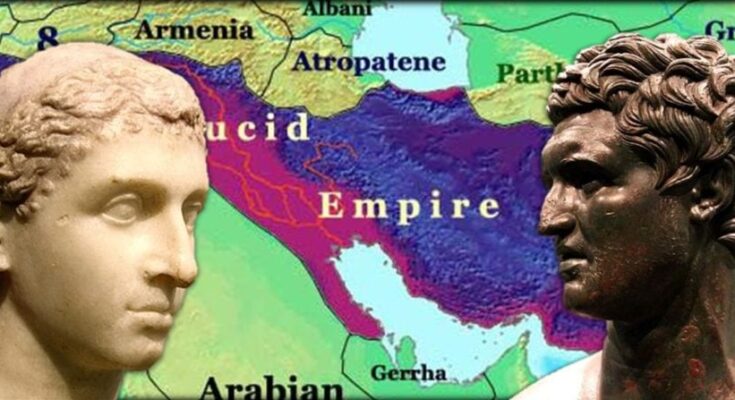
Cleopatra VII Philopator is one of the most famous figures of antiquity, but few people are familiar with the fascinating history of her ancestors.
The Ptolemaic Dynasty, to which she belonged, was founded by Ptolemy I Soter, one of the generals of Alexander the Great. This family, of Macedonian Greek origin, ruled Egypt for almost three centuries, leaving an indelible mark on one of the oldest civilizations in the world. However, the Ptolemies were not the only successors of Alexander to stake a claim to a large portion of his empire.
The Seleucid Dynasty
The Seleucid dynasty, founded by another one of Alexander’s generals, Seleucus I Nicator, were in fact one of the Hellenistic Greek successor families who held power over an immense part of the ancient world. Over the centuries, the Seleucids and Ptolemies were continually bound by an ongoing tug of war for successorship to Alexander’s empire, periodically interrupted by episodes of peace and intermarriage.
Seleucus I Nicator and the foundation of the Seleucid Empire
After his death in 323 BC, the empire of Alexander the Great did not last as a single unified body for long. His generals, known as the diadochi (“successors”), schemed and plotted to acquire the empire – or a portion of it, at least – for themselves.

This soon led to open warfare and conflict. Out of the ensuing chaos emerged three main successor states, each founded by one of the generals who had served Alexander. The Antigonids ruled Macedon and most of Greece, the Ptolemies ruled Egypt, and the Seleucids ruled the larges slice of the empire consisting of the Near Eastern territories in Syria, Mesopotamia (Iraq), Persia (Iran), and Bactria (Afghanistan).
The founder of the Seleucid Empire was Seleucus I Nicator. The historian Appian describes him as “Tall and powerfully built”, so much so that he supposedly wrestled a wild bull with his bare hands when it escaped and threatened to ruin a sacrifice planned by Alexander.

Seleucus I was an accomplished soldier and had earned the ephitet “Nicator”, meaning “the Victorious”, in battle. During Alexander’s lifetime, he commanded the elite infantry corps known as the Hypaspistai, and after his death took command of the Companion Cavalry, the most senior mounted corps in the Macedonian army.
This military experience proved invaluable during the first struggles between the diadochi in the aftermath of Alexander’s death and Seleucus I was able to establish his own kingdom in 306 BC.
According to Appian, Seleucus I emulated Alexander’s penchant for urban development and founded several cities across his new empire. The ancient Greek historian recorded that “there were sixteen called Antioch after his father, five Laodicea after his mother, nine named Seleucia after himself, four called after his wives, three Apamea and one Stratonicea.”
Rivalry with the Ptolemies

The conclusion of the wars between the generals who had lived and fought beside Alexander did not signal the end of the conflict between the successor states. Indeed, the heirs to these successor states continued to vie for supremacy over the former empire of Alexander.
One of the most fierce and pervasive of these multigenerational conflicts was between the Seleucids and the Ptolemies. The two rival dynasties fought a series of conflicts between 274 and 168 BC known collectively as the Syrian Wars.
The Syrian Wars were fought for control over regions like Coele-Syria and Asia Minor, as well as to secure certain dynastic advantages. Due to a number of intermarriages between the two dynasties, the Ptolemies and Seleucids sometimes fought to secure a member of their family on the throne of the rival dynasty.
This was the case in the Third Syrian War (246-241 BC), also sometimes known as the Laodician War. The Seleucid king, Antiochus II, had emerged victorious in the Second Syrian War and concluded a favorable peace treaty with Ptolemy II which included a marriage to his daughter Berenice Syra.
However, Antiochus II was already married to Laodice, whom he rejected in favor of his new Ptolemaic bride Berenice. Both Berenice and Laodice had sons by Antiochus II, leading to a succession crisis upon his death in 246 BC. Both of the ambitious mothers claimed that their sons were the legitimate heirs.
Berenice requested the aid of her brother Ptolemy III who marched to the Seleucid capital of Antioch, but he arrived too late and found his sister and her son had been assassinated. Ptolemy III subsequently declared war on Laodice and her son Seleucus II in 246 BC.
In this particular war, the Ptolemies were victorious and the Seleucids had to cede territory on the northern coast of Syria. The Ptolemaic Kingdom was now at the height of its power. However, in the ensuing Fourth and Fifth Syrian Wars, Antiochus III the Great was able to win back most of the territories lost to the Ptolemies, as well as to other foes, greatly re-enlarging the empire.
The Seleucids and Ptolemies continued to compete until their eventual respective falls and absorption by the Romans.
Seleucid rule
Ruling the Seleucid Empire was a monumental task made especially difficult by the myriad of different peoples it encompassed. As a Macedonian dynasty themselves, the Seleucids relied on a core of Greeks as one of the principal bases of their power, but the Greeks were a minority in the empire.
As explained by historian Nicholas L. Wright, “The Seleucids and their strategoi (generals) were strangers in an alien land where nothing directly unified any of these peoples except their allegiance to the king.”
This meant the Seleucids had to pay particular attention to how they presented themselves as legitimate rulers to an ethnically diverse and potentially rebellious population. To do this, they largely borrowed Alexander the Great’s ideas of fusions between Greek and Eastern cultural elements to create stable governance.

Seleucid coinage is a good example of this. Seleucus I Nicator kept the silver coinage introduced by Alexander, only replacing Alexander’s name with his own. On the obverse of these coins was depicted the Greek hero Heracles, whereas on the obverse was the Olympian god Zeus.
The use of Alexander’s coinage conferred legitimacy in two ways. Firstly, by right of conquest, Alexander had imposed his will upon much of the known world and was recognized as a semi-divine and legitimate ruler in many of the places he had conquered. By ensuring a high degree of continuity between Alexander’s rule and their own, the Seleucids were able to more easily portray themselves as legitimate successors of Alexander.
Secondly, as noted by Wright, “Both Zeus and Heracles already enjoyed a history of syncretistic adoption in Asia where they were associated with the numerous Ba’als and Melcart or Sandan respectively.” In other words, the non-Greek inhabitants recognized and worshipped Zeus and Heracles as legitimate deities, albeit by different names.
This divine connection was further emphasized by the Seleucids who associated themselves with the god Apollo. In much the same way that Alexander claimed that Ammon-Zeus was his true father, Seleucus I Nicator claimed descent from Apollo. This further strengthened the image of the Seleucids as divinely appointed rulers.



